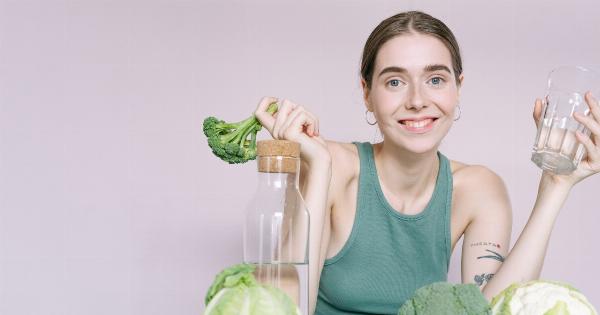Broccoli and cabbage are two vegetables that are commonly found on people’s plates. While many enjoy the taste and health benefits of these cruciferous vegetables, there are some individuals who find them unpleasant.
This article aims to explore why some people have an aversion to broccoli and cabbage, examining both biological and psychological factors that may contribute to this dislike.
The Taste Perception
One of the primary reasons why some individuals find broccoli and cabbage unpleasant is due to their taste perception.
Taste buds vary from person to person, and some people may have more sensitive taste receptors that can pick up on certain flavors more intensely. Cruciferous vegetables like broccoli and cabbage contain compounds known as glucosinolates, which can impart a bitter taste. For individuals with heightened taste sensitivity, these bitter flavors may be overpowering and unpalatable.
Genetic Factors
Genetics also play a role in determining a person’s taste preferences. Various studies have shown that genetic differences in taste receptors can influence how individuals perceive certain flavors, including bitterness.
Some people may have genetic variations that make them more sensitive to the bitter compounds in broccoli and cabbage, leading to an aversion towards these vegetables.
Association with Childhood Experiences
Psychological factors can greatly influence one’s perception of taste and food preferences. Childhood experiences with specific foods can shape an individual’s likes and dislikes later in life.
If someone had negative experiences with broccoli or cabbage during their early years, such as being forced to eat it or feeling nauseous after consuming it, they may develop a lasting aversion towards these vegetables.
Texture and Smell
Aside from taste, the texture and smell of broccoli and cabbage can also contribute to people finding them unpleasant.
Some individuals may have a sensitivity to certain textures, finding the crunchiness of raw broccoli or the leafy texture of cabbage unappealing. Additionally, certain compounds released during cooking can produce a distinct odor, which some people find off-putting.
Cultural and Social Influence
Cultural and social factors can shape our food preferences as well. In some cultures, broccoli and cabbage may not be commonly consumed, leading to a lack of familiarity and potential aversion towards these vegetables.
Peer influence and societal norms also play a role in shaping our likes and dislikes. If an individual is surrounded by people who dislike or make negative comments about broccoli and cabbage, they may develop a similar perspective.
Personal Sensitivities and Intolerances
Individuals with certain sensitivities or intolerances may find broccoli and cabbage unpleasant due to physical discomfort.
For example, some people have an intolerance to FODMAPs (fermentable oligosaccharides, disaccharides, monosaccharides, and polyols) found in cruciferous vegetables, which can cause digestive issues such as bloating and gas. These uncomfortable symptoms can create an aversion towards broccoli and cabbage.
Food Neophobia
Food neophobia refers to the fear or avoidance of new or unfamiliar foods. Some individuals may naturally exhibit higher levels of food neophobia, making them more resistant to trying new vegetables like broccoli and cabbage.
This fear of the unknown can result in an immediate aversion towards these vegetables without even tasting them.
Changing Perceptions and Overcoming Aversions
While some people may have an inherent aversion towards broccoli and cabbage, it is possible to overcome these dislikes.
Gradual exposure to these vegetables, preparing them in different ways, and combining them with flavors and ingredients that one enjoys can help change perceptions. Additionally, learning about the numerous health benefits associated with cruciferous vegetables may provide motivation to give them another chance.
Cooking Methods to Enhance Enjoyment
If the taste, texture, or smell of broccoli and cabbage is a turn-off, experimenting with different cooking methods can make them more enjoyable.
Steaming broccoli can help retain its color and maintain a tender-crisp texture, reducing any perceived unpleasantness. Stir-frying cabbage with spices and aromatics can add layers of flavor and aroma that may mask any undesired traits.
Conclusion
The aversion towards broccoli and cabbage can be attributed to a combination of biological and psychological factors.
Genetic differences in taste receptors, childhood experiences, texture sensitivities, cultural influences, and personal intolerances can all contribute to the perceived unpleasantness of these vegetables. However, with an open mind, experimentation, and gradual exposure, it is possible to develop a newfound enjoyment for broccoli and cabbage while reaping their numerous health benefits.





























